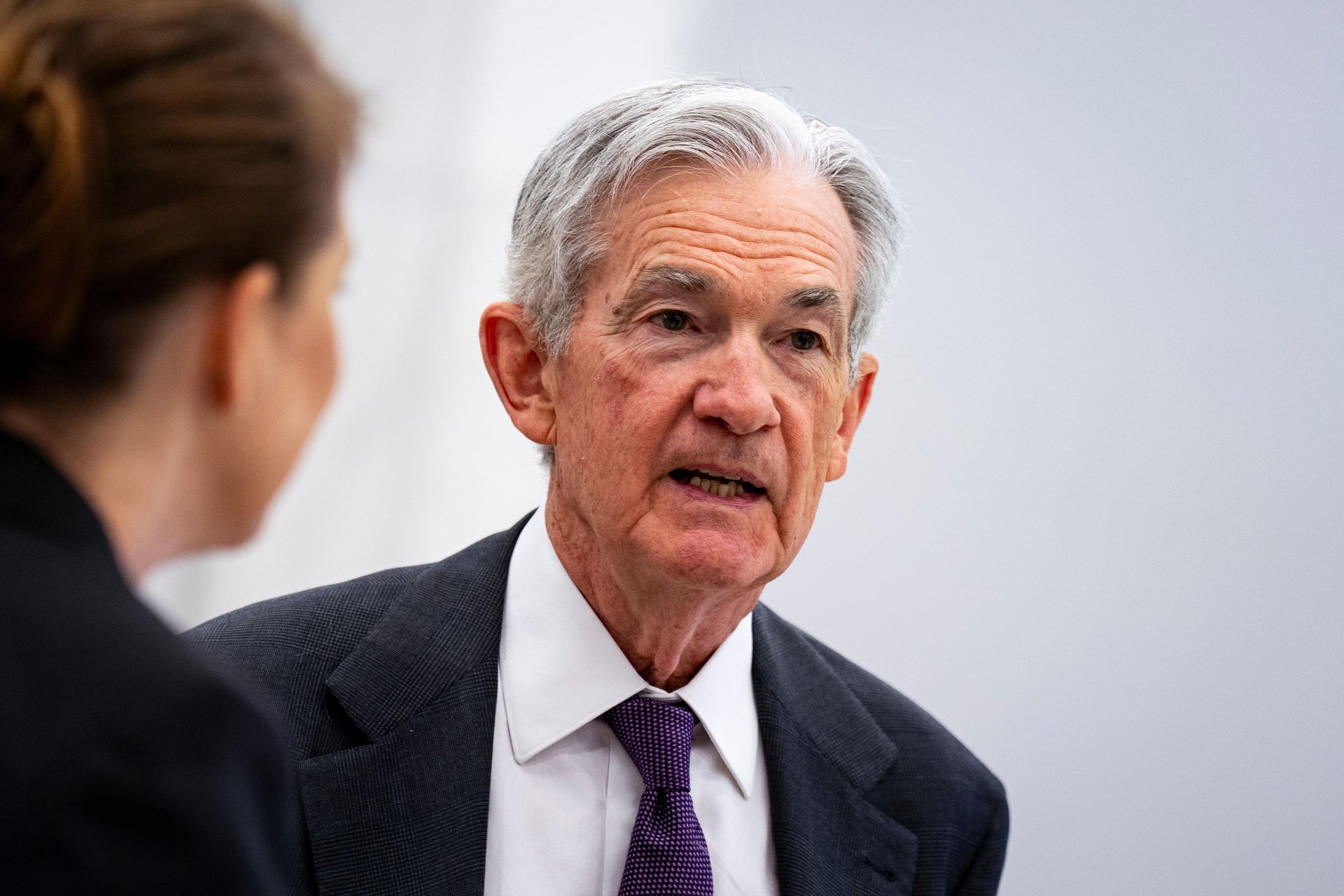The Fed held interest rates steady despite pressure from Trump
Internal divisions are emerging, as two Trump-appointed Fed governors signaled support for an immediate cut. It was the first time two governors dissented in decades

Al Drago/Bloomberg via Getty Images
The Federal Reserve left interest rates unchanged on Wednesday, keeping its benchmark range at 4.25% to 4.5%.
Suggested Reading
In his remarks, Fed Chair Jerome Powell explained the committee’s view that “the economy is in a solid position.” However, growth has moderated, he said, and consumer spending has slowed in the first half of the year. What's more, while inflation has eased over the years, it remains somewhat elevated.
Related Content
Higher tariffs have begun to show through to prices, but the overall effect "remains to be seen," Powell said. He added that the committee has “made no decisions” about a September rate cut, but “everything we do is in service to our public mission.”
The decision to hold rates steady came despite President Donald Trump spending months publicly pressuring the Fed to slash rates by three percentage points — far more than the half-point reduction most officials see as appropriate this year.
Details of the public pressure campaign
Earlier this month, Trump once again floated firing Powell, a move that rattled bond markets and drew rare public warnings from big bank CEOs about the risks of undermining central bank independence.
Goldman Sachs CEO David Solomon underlined the point in a CNBC interview, saying, “I think central bank independence, Fed independence, is very important and it’s something we should fight to preserve.” Citibank’s Jane Fraser echoed the sentiment in a statement, saying “the independence of the Federal Reserve” is “critical to the effectiveness of our capital markets and U.S. competitiveness.”
Even the Wall Street Journal issued a blunt warning: Don’t do it. Firing him would “tie up the Fed, the Administration, and markets in messy litigation,” they wrote, noting that Powell could sue — and likely win. The Supreme Court has recently expanded presidential control over agencies amid Trump’s broad-scale attacks on the independence of Federal agencies but carved out the Fed as a unique exception.
As The Journal pointed out, “love or loathe Mr. Powell, Mr. Trump chose him. Mr. Trump also chose the tariff taxes, and a multitude of no-growth tax and spending handouts in the new budget bill. Now the President has to live with his choices.”
Even more recently, last week, Trump visited the Fed and walked with Powell through the site of Fed-building renovations, forcing Powell to fact-check him in real time about the precise nature of cost overruns.
Asked in the Wednesday press conference about whether the President's attention to the renovation might be part of his larger pressure campaign to get the Fed to lower rates, Powell said, "It's not for me to say."
Fed eyes fresh price pressures
Fed officials have been eyeing rate cuts as early as September, but fresh price pressures could delay that. Meanwhile, credit card delinquencies are rising among high-income households, and the white-collar labor market shows some signs of weakening. New jobs data released later this week should provide a further read on labor-market conditions.
What’s more, even amid a flurry of trade-deal announcements, uncertainty remains about tariff rates with major trading partners, while details of past announcements remain elusive, with senior trade officials acknowledging they have not seen paperwork relating to agreements firmly announced weeks ago, raising questions about how real or firm certain deals may in fact be.
Some see division within Fed
Internal divisions are also emerging within the Fed. Two Trump-appointed governors, Christopher Waller and Michelle Bowman, signaled support for an immediate cut. Their dissents mark the first time two governors have done so in 30 years. Other Fed officials appear to remain focused on keeping inflation contained, which is still running above the Fed's 2% target.
Markets weren’t expecting a cut Wednesday, but analysts are nonetheless parsing Powell’s speech for hints about timing. If inflation holds near forecasts and hiring slows, a September cut remains possible. Goldman Sachs economists recently lined up behind the likelihood of a September cut, and prediction markets continue to foresee two rate cuts as likely this year.
Still, Powell has been adamant that decisions will be driven by data, not political demands.
